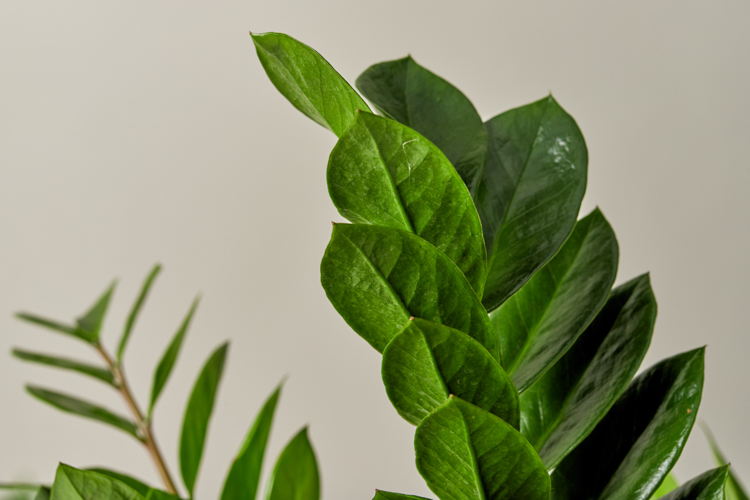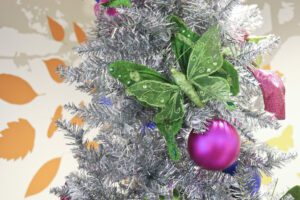Most interior plants originate in tropical parts of the world where they are used to long, dry periods broken up by heavy rains. The plants in the tropics have adapted to get as much water as they need within a short window, and then survive for longer amounts of time with drier soil. Our modern houseplants are just smaller versions of their wild cousins. With a few exceptions, most houseplants prefer to “dry out” in between waterings. This means letting the soil become dry one-third or halfway down into the pot, before watering again. Among the more popular tropical plants available, the exceptions to this guideline are few: sansevieria (snake plants) and zz plants on one end of the watering spectrum, and spathiphyllum (peace lilies) on the other.
Both snake plants and zz’s grow from underground rhizomes that hold water. Their large, fleshy leaves also act as reservoirs, so they can go weeks to months without being watered. If they are in a room that doesn’t have a lot of light, they will grow slower, conserving energy and requiring even less water.
Peace lilies are the opposite. They much prefer to have their soil kept consistently damp, but well drained–they don’t want to be sitting in water. If they’re not getting sufficient hydration, they’ll let you know, collapsing dramatically in a drooping heap. Fortunately, with a good watering, they’ll perk right back up. While they don’t prefer to be soaking wet, members of the ficus family also prefer soil on the more damp end of the spectrum, so try to avoid letting them get too dry.
Understanding the watering needs of indoor plants is fundamental to their care and maintenance. By recognizing the natural habitats of these plants and mimicking their watering patterns, we can ensure healthier growth and longevity for our indoor greenery. Remember, observation and adjustment are essential components of successful plant care, so don’t hesitate to adapt your watering routine based on the individual needs of your beloved botanical companions.








